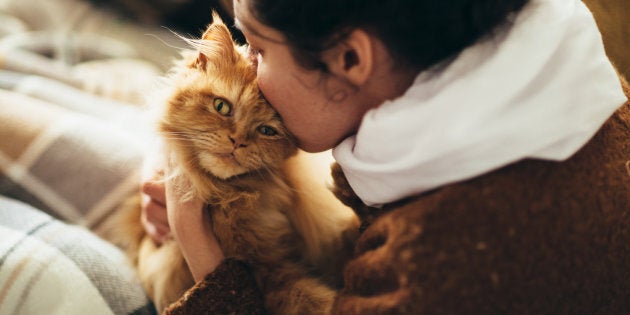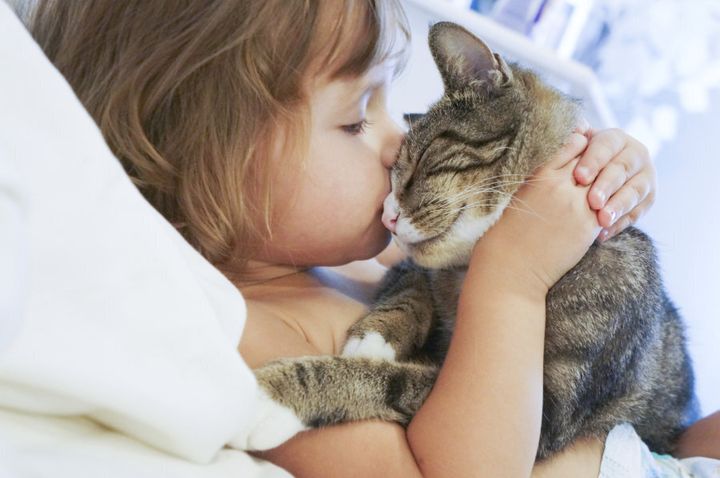
A cat in Sydney has been infected with the most dangerous form of salmonella ever recorded, that was resistant to Australia's last-line antibiotics.
The cat was brought to Concord Veterinary Hospital with what appeared to be a respiratory condition and diarrhea.
Murdoch University lecturer in veterinary and medical infectious diseases Sam Abraham was sent a stool sample and saw that the cat was infected with salmonella.
At this point, the cat had passed the superbug salmonella on to another three cats.

"We were very stunned because this is the first time we've seen salmonella with this level of resistance," Abraham told The Huffington Post Australia.
"Out of 100 samples of salmonella, 70 will be very sensitive to drugs, and of the other 30, some will be resistant to one or two antimicrobial drugs, occasionally three or four but this one was resistant to nine different classes of drug.
"That was the part where we got a bit scared, it was resistant to carbapenem which is absolutely a last line antimicrobial drug that is never used on livestock or companion animals.
"It's reserved for the very serious cases."
With help from experts at Concord Hospital and the University of Sydney, the outbreak was contained before it could spread further.
"Sadly, the cat was in a deteriorated state and did not survive," Abraham said.
"The vet had to make the decision and to protect other animals from the spread of the bacteria."
He said the unexpected discovery was a concern for researchers, but that everyday people should not be afraid their cat could be carrying an infection.
Why was this salmonella particularly bad?
Salmonella is a bacteria that can be passed from humans to animals and vice versa.
It generally causes diarrhea, fever, and cramps in humans but for those with weakened immune systems, it can be fatal.
This particular sample of salmonella had an additional gene which made it highly resistant to antimicrobial drugs.
Bacteria can swap resistance just by being next to each other and it's possible this salmonella bacteria was beside a related bacteria and took on its ressistance.
"The cat might have gotten it from a human, we just don't know," Abraham said.
"Because the bacterial resistance is a natural process, it can happen anywhere. It can pick up pieces of DNA in the environment and we don't know the source."
We never thought this could happen especially in Australia.Sam Abraham
Researchers, however, were confident this particular outbreak was contained.
"We don't want people to be concerned about their pet cats," Abraham said.
"This is a very rare occurrence. It shows us that we can't sit back and relax, we need to be proactive in monitoring bacterial resistance.
"We never thought this could happen especially in Australia."
What is antibiotic resistance?
Bacteria that has been exposed to antibiotics, possibly in the human body, or in antibacterial soaps, or in livestock feeds, can develop a resistance.
Once resistant, that bacteria can spread and the antibiotic will no longer be effective, creating a 'super bug'.
According to the World Health Organisation, 480,000 people develop multi-drug resistant TB each year, and drug resistance is starting to complicate the fight against HIV and malaria.